一、棉花目标价格改革试点的主要内容是什么?
目标价格政策是在市场形成农产品价格的基础上,释放价格信号引导市场预期,通过差价补贴保护生产者利益的一项农业支持政策。目标价格改革 试点的主要内容:一是在全国范围内取消棉花临时收储政策。政府不干预市场价格,价格由市场决定,生产者按市场价格出售棉花。二是对新疆棉花实行目标价格补 贴。种植前公布棉花目标价格。当市场价格低于目标价格时,国家根据目标价格与市场价格的差价对试点地区生产者给予补贴;当市场价格高于目标价格时,不发放 补贴。三是完善补贴方式,目标价格补贴额与种植面积、产量或销售量挂钩。
二、为什么要开展目标价格改革试点?
改革开放以来,我国坚持推进农产品市场化改革,陆续放开了大部分农产品价格,2004年全面放开了粮食市场和价格。放开农产品价格后,为保护农民利益,稳 定农业生产,2004年以来,国家对主产区稻谷、小麦实行*低收购价政策,2007年以来,先后对主产区玉米、大豆、油菜籽、棉花、食糖等实行临时收储政 策。当主产区市场价格低于*低收购价格或临时收储价格时,由国家指定企业直接入市收购,引导市场价格回升。
*低收购价和临时收储政策实施以来,国内粮食价格稳步上升,棉花、油料、食糖价格总体高位运行,有效地调动了农民种植积*性,保持了主要 农产品生产基本稳定,粮食产量实现“十连增”,农民收入实现平稳较快增长,为稳定物价总水平、保持国民经济持续较快发展起到了重要支撑作用。
*低收购价和临时收储政策将国家对农民的补贴包含在价格之中,是一种“价补合一”的直接价格支持政策。这种政策能够有效实施的前提条件是 国内市场价格低于国际市场价格。近两年来,一方面,国际市场农产品价格大幅走低;另一方面,国内主要农产品价格在*低收购价和临时收储政策的支撑下高位运 行,国内价格由以往低于国际市场转为高于进口成本。由于上述前提条件的变化,实施直接价格支持政策面临新的困难和挑战,特别是产业链长、受国际市场影响大 的棉花矛盾突出。2013年,我国棉花临时收储价格为每吨20400元,而进口完税成本分别约为每吨15580元,比国内临时收储价格分别低4420元。 由于国内价格大幅高于进口成本,市场主体不愿入市收购,国家收储压力急剧增加,棉花收储量超过总产量的90%,上下游价格关系扭曲,市场活力减弱,不利于 整个产业链的持续健康发展。
开展目标价格改革试点,探索推进农产品价格形成机制与政府补贴脱钩的改革,目的就是在保障农民利益的前提下充分发挥市场在资源配置中的决 定性作用,将价格形成交由市场决定,以促进产业上下游协调发展。一是政府不干预市场价格,企业按市场价格收购,有利于恢复国内产业的市场活力,提高国内农 产品的市场竞争力。二是将政府对生产者的补贴方式由包含在价格中的“暗补”变为直接支付的“明补”,让生产者明明白白得到政府补贴,这有利于减少中间环 节,提高补贴效率。三是充分发挥市场调节生产结构的作用,有利于使效率高、竞争力强的生产者脱颖而出,提高农业生产组织化、规模化程度,激励农业技术进 步,控制生产成本。
当然,开展目标价格试点也会对一些企业带来挑战。如临时收储期间,轧花厂收购加工的棉花可以直接卖给国家,旱涝保收,不需要承担市场风险,但在新的形势下,这些企业需要直接面向市场,自行寻找下游用户并承担市场价格波动风险,但这也是市场经济条件下的正常情况。
三、目标价格是如何确定的?
试点阶段采取生产成本加基本收益的方法确定目标价格水平。之所以采用这一方法,是在立足当前农业生产实际的基础上,统筹兼顾保护农民利益 和更多发挥市场作用等因素确定的。一是可以更好地保护农民利益。生产成本加基本收益的方法,可以较好地适应现阶段我国农产品生产成本刚性上升的实际情况。 无论市场价格和生产成本如何变动,都可以保障农民种植不亏本、有收益,防止生产大幅滑坡。二是有利于发挥市场机制作用。市场活动天然有风险。农民是市场经 济的主体,在通过市场获得收益的同时,必然也要承担市场波动的风险。在大多数行业,市场风险都是由市场主体全部承担的,考虑到农业生产的特殊性,国家应该 对少数重要农产品生产给予适当保护,但也不能由国家承担全部市场风险。因此,目标价格只保证农民获得基本收益而不是全部收益,当市场价格下跌时,农民也要 承担部分收益下降风险,真正发挥市场机制作用,引导农民合理调整种植结构,提高农业生产竞争力和抗风险能力。
四、目标价格什么时候公布?各地区价格是否一致?
试点阶段目标价格每年确定一次,以便根据试点情况变化及时调整。目标价格在作物播种前公布,以向农民和市场发出明确信号,引导农民合理种植,安排农业生产。试点地区同一品种目标价格水平都是一致的,新疆全区实行统一的棉花目标价格,东北三省和内蒙古实行统一的大豆目标价格。
五、如何监测和确定棉花市场价格?
当市场价格低于目标价格时,国家启动目标价格补贴。与目标价格对应的棉花、大豆市场价格为采价期内全省(区)平均市场价格。
1、采价环节。采集到厂(库)价格作为市场价格,即棉花采集轧花厂收购
2、价格指标。棉花市场价格为轧花厂收购的籽棉折
籽棉折皮棉价格=[籽棉价格—棉籽价格×(1—衣分率)]/衣分率+加工费用
衣分率是指轧出的皮棉重量占籽棉重量的比例,即籽棉产皮棉率。
3、采价期。采价期为农产品的集中上市期,其中棉花为当年的9月至11月。根据历史经验,在实施临时收储前,采价
4、核定方法。市场价格由国家发展改革委会同农业部、粮食局、供销总社等部门共同监测,按省核定,一省一价,即市场价格按监测的全省(区)平均价格水平核定,不是指单个农户的实际出售价格。
六、目标价格补贴发给谁?如何发放?
目标价格补贴对象是试点地区种植者,总的原则是多种多补,少种少补,不种不补。
目标价格补贴发放分两步进行,一是采价期结束后,如果市场价格低于目标价格,中央财政按照目标价格与市场价格的差价和国家统计局统计的产 量,核定对每个试点省(区)的补贴总额,并将补贴额一次性拨付到试点地区。二是试点省区根据实际情况制定具体补贴办法,负责将中央拨付的补贴资金及时、足 额发放到种植者手中。
由于与目标价格对应的市场价格是一个平均价格,所以农民领到的补贴也是按照目标价格与市场平均价格的差额计算的。如果农民卖出的价格高于市场平均价格,实际得到的收入就会多一些。因此,农民要尽可能提高农产品品质,并努力把握市场节奏,争取将产品卖个好价钱。
七、目标价格补贴与现行农业补贴的区别
主要区别有两点:一是现有涉农补贴大多按照计税面积发放,与是否种植和种植何种农作物不挂钩,是普惠制补贴;目标价格补贴要与作物实际种 植面积或产量、销售量挂钩,多种多补,不种不补。二是现有补贴相对固定,只增不减,年年发补贴;目标价格补贴要与市场价格挂钩,只有当市场价格低于目标价 格时才发补贴;低的越多,补贴越多。
Central Document No. 1 in accordance with the requirements of the State Council to deploy, 2014 start of Xinjiang cotton, soybean Northeast and Inner Mongolia target price subsidies pilot. The approval of the State Council, the National Development and Reform Commission Ministry of Finance, the Ministry of Agriculture in April 5 and May 17 has announced to the public the 2014 cotton, soybean target price level, 19,800 yuan per ton of cotton, soybean 4800 yuan per ton. Explanation for doing propaganda work to ensure the smooth progress of reform target price is formulated propaganda outline for the relevant units of reference.
First, what is the main content of the cotton target price reform is?
Policy-based target price formation in the market prices of agricultural products, the release of price signals to guide market expectations, by the difference of a subsidy to protect the interests of producers of agricultural support policies. The main contents of the target price reform: First, cancel the temporary storage of cotton policies in the country. The government does not intervene in the market price, the price determined by the market, producers sell at market price of cotton. Second, the implementation of target prices on cotton subsidies. Announced before planting cotton target price. When the market price is below the target price, the state according to the target price and the market price of the difference of the pilot areas producer subsidies; when the market price is higher than the target price, without subsidies. The third is to improve the way of subsidies, target price subsidy and acreage, production or sales hook.
Second, why should carry out target price reform?
Since the reform and opening up, China persist in promoting market-oriented reform of agricultural products, have liberalized most prices of agricultural products, in 2004 the full liberalization of the grain market and prices. After the liberalization of prices of agricultural products, in order to protect the interests of farmers, stable agricultural production, since 2004, the state implemented the policy of the main producing areas of the minimum purchase price of rice, wheat, since 2007, has the main producing areas of corn, soybeans, rapeseed, cotton , sugar, etc. to implement temporary storage policies. When the main producing areas of the market price falls below the minimum purchase price or temporary storage prices specified by the acquisition of state-owned enterprises into the market directly, and guide the market prices.
Since the minimum purchase price and the temporary storage of policy implementation, domestic food prices rose steadily, cotton, oilseeds, sugar prices overall high, effectively mobilized the enthusiasm of farmers to plant and maintain the basic stability of the major agricultural production, food production to achieve "even by ten "farmers' income to achieve steady and rapid growth, to stabilize the general price level, maintain sustained and rapid economic development has played an important supporting role.
Minimum purchase price and the temporary storage policy will state subsidies to farmers being included in the price, is a "price fill one" direct price support policies. Prerequisite for the effective implementation of this policy can be the domestic market price is lower than the international market price. The past two years, on the one hand, the international market prices of agricultural products sharply lower; on the other hand, the major domestic agricultural support prices high in the minimum purchase price and temporary storage policy, the domestic price is lower than the international market from the past into higher import costs. Due to variation of the above prerequisites, implementation direct price support policy is facing new difficulties and challenges, especially long industrial chain, affected by the international market, a large cotton contradiction. 2013, China's temporary storage of cotton price 20,400 yuan per ton, while the import duty costs about 15,580 yuan per ton, respectively, were lower than the domestic price of 4420 yuan temporary storage. Because domestic prices substantially higher than the cost of imports, market players do not want the market to acquire a sharp increase in state purchasing and storage pressure, closing reserves of more than 90% of cotton production, the relationship between the upstream and downstream price distortions, market activity weakened, is not conducive to sustained the whole industry chain healthy development.
Carry out target price reform, to explore and promote the agricultural price formation mechanism reform decoupled government subsidies, the purpose is to protect the interests of farmers in the context of the full play the decisive role of the market in resource allocation, and will form the mercy of the market price in order to promote industry coordinated development of upstream and downstream. First, the government does not intervene in the market price, the companies acquired at market prices, help restore market viability of the domestic industry, improve market competitiveness of domestic agricultural products. Second, the government subsidies by producers included in the price of the "hidden subsidies" to direct payments "fill out" so plainly producers receive government subsidies, which helps to reduce intermediate links, to improve the efficiency of subsidies. Third, give full play to the role of market regulation production structure is conducive to the high-efficiency, and strong competitive producers to stand out, to increase agricultural production organization, scale and degree of motivation technological advances in agriculture, control production costs.
Of course, the pilot will carry out target prices for some business challenges. During such as temporary storage, acquisition and processing of cotton ginning factories can be sold directly to countries Hanlaobaoshou, no bear market risk, but under the new situation, these companies need to directly market-oriented, self-Looking downstream users and bear market price fluctuations risk, but this is under normal circumstances a market economy conditions.
Third, the target price is determined?
The pilot phase to take the cost of production plus a basic income method to determine the target price level. The reason for using this method is based on the current agricultural production on the basis of practical, balanced to protect the interests of farmers and the role of the market and other factors play a more determined. One can better protect the interests of farmers. Basic earnings plus the cost of production methods, can better adapt to the actual situation of China's agricultural production costs increase rigidity stage. Regardless of changes in market prices and production costs, you can protect farmers do not lose money, there are benefits and prevent the production plummeting. Second, it helps to play the role of market mechanisms. Market activity of natural risks. Farmers are the mainstay of the market economy, while obtaining benefits through the market, must also bear the risk of market fluctuations. In most industries, the market risk is borne entirely by the market players, taking into account the special nature of agricultural production, the state should be given to a small number of important agricultural produce adequate protection, but they can not bear all the market risk by the state. Therefore, the target price is only guaranteed basic income for farmers, but not all gains when the market prices fall, farmers have to bear part of the risk of earnings decline, the real role of market mechanisms to guide farmers to reasonably adjust planting structure and improve the competitiveness of agricultural production and anti-risks.
Fourth, the target price when released? Whether regional price consistent?
The pilot phase target price is determined once a year, according to the pilot in order to adjust to changing circumstances. Target price announced before the sowing of crops, in order to send a clear signal to farmers and markets, reasonable guide farmers planting, arrange agricultural production. The same species, target price level pilot regions are the same, unified region of Xinjiang cotton target price, the three northeastern provinces and Inner Mongolia unified soybean target price.
Five, how to monitor and determine the market price of cotton?
When the market price is below the target price, the state started target price subsidies. Corresponding to the target price of cotton, soybean prices during the market price for mining province (region) the average market price.
1, mining price link. Collected to the plant (the library) price as the market price, that the acquisition of seed cotton ginning factories acquisition price. Why not collect headland price as the market price, the difference is mainly due to farmers in agricultural products, water, impurity content sold directly to large headland, it is difficult to find the representative products, the acquisition price gap is large, it is difficult to ensure that a representative price data and accuracy.
2, the price index. Market price for cotton ginning factories acquisition price of seed cotton lint off. According to the monitoring authorities of seed cotton prices, cotton prices, lint and other indicators, according to the following formula to calculate the price of seed cotton lint off:
Seed cotton lint off price = [seed cotton prices - cottonseed price × (1- lint percentage rate)] / lint rate + processing costs
Lint percentage rate refers to rolling out the weight of seed cotton lint weight proportion accounted for, namely seed cotton lint production rate.
3, mining price period. Mining period is concentrated market price of agricultural products, including cotton for the year in September to November. Based on historical experience, before the implementation of temporary storage, the amount of recoverable sell price of cotton has reached about 85% of the annual amount of sell, basically represent the actual sale price of the pilot areas.
4, the approved methods. Market prices by the National Development and Reform Commission and the Ministry of Agriculture, Food Authority, Gongxiaozongshe other departments jointly monitor approved by province, a province of a price, that the market price by province (region) approved the average price level of monitoring, does not refer to a single farmers actual selling price.
Six, target price subsidies distributed to who? How to deliver?
Target price subsidies targeted pilot area growers, the general principle is more than make up, make up less and less kind, not kind of do not fill.
Target price subsidies paid in two steps, the first is the end of the mining price period, if the market price is lower than the target price, the central government in accordance with the target price and the market price difference and the National Bureau of Statistics of production, the province approved for each pilot (area) of the total amount of subsidies, and the amount of subsidies allocated to one-time pilot areas. Second, the pilot provinces to develop specific subsidies according to the actual situation, is responsible for the central subsidy funds allocated timely and full payment to growers hands.
As with the target price corresponds to the market price is an average price, so farmers receive subsidies is in accordance with the difference between the target price and the average market price calculated. If farmers sell price is higher than the average market price, revenue will actually get some more. Therefore, the farmers want to maximize the quality of agricultural products, and strive to grasp the rhythm of the market, for the product better price.
Seven, the difference between the target price subsidies and existing agricultural subsidies
The main difference between the two points: First, most of the existing agricultural subsidies paid in accordance with the tax area, and whether the planting and cultivation of crops is not linked to what is GSP subsidies; target price subsidy to the actual crop acreage or production, sales amount linked to a variety of multi-up, no kind of do not fill. Second, the existing subsidies is relatively fixed, only to rise, mid-fat subsidies; target price subsidies should be linked to market prices, only when the market price is lower than the target price issued subsidies; lower, the more the more subsidies.



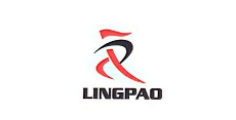
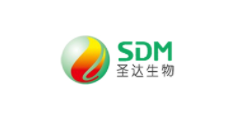
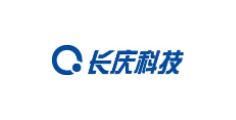
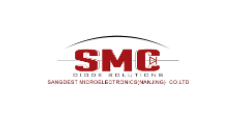
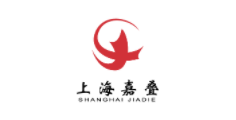
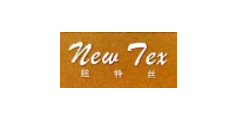

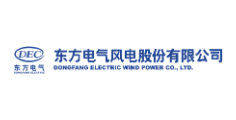
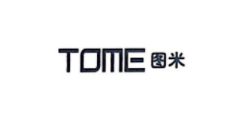

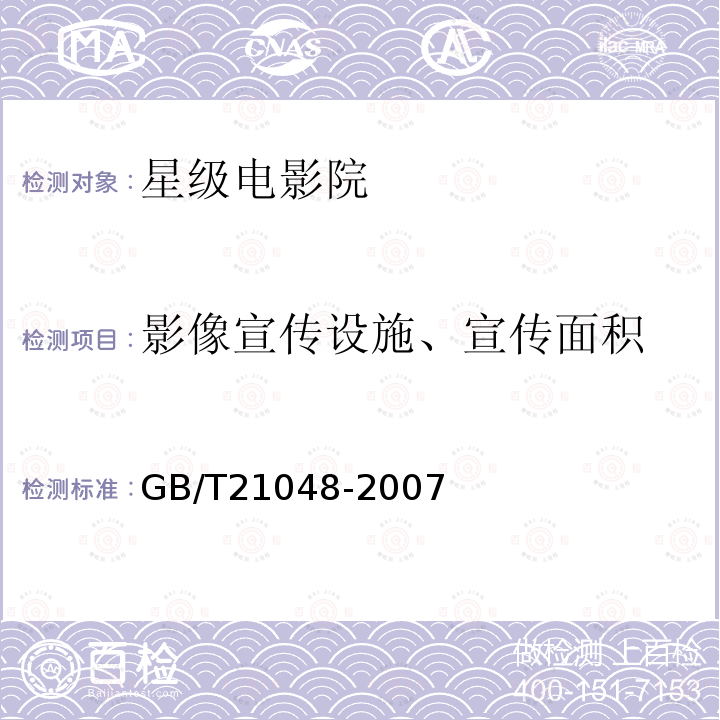
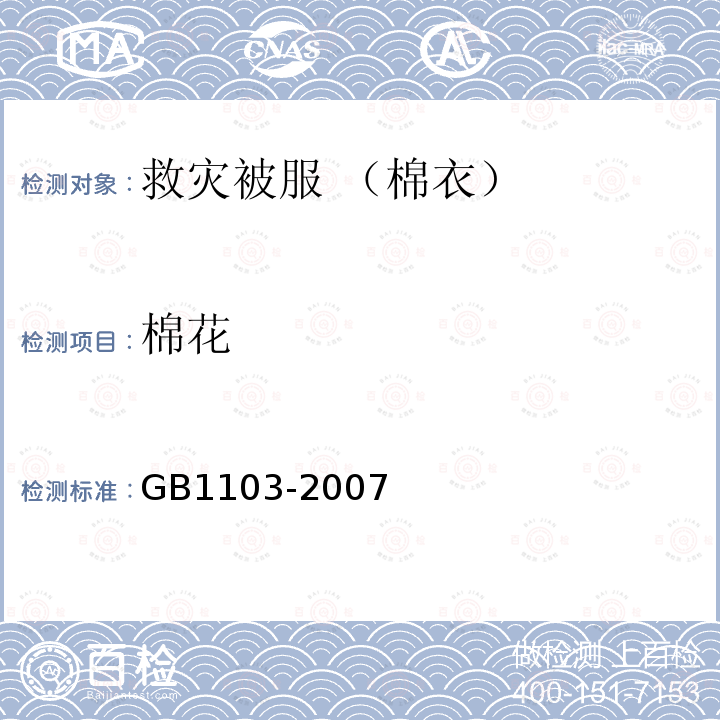
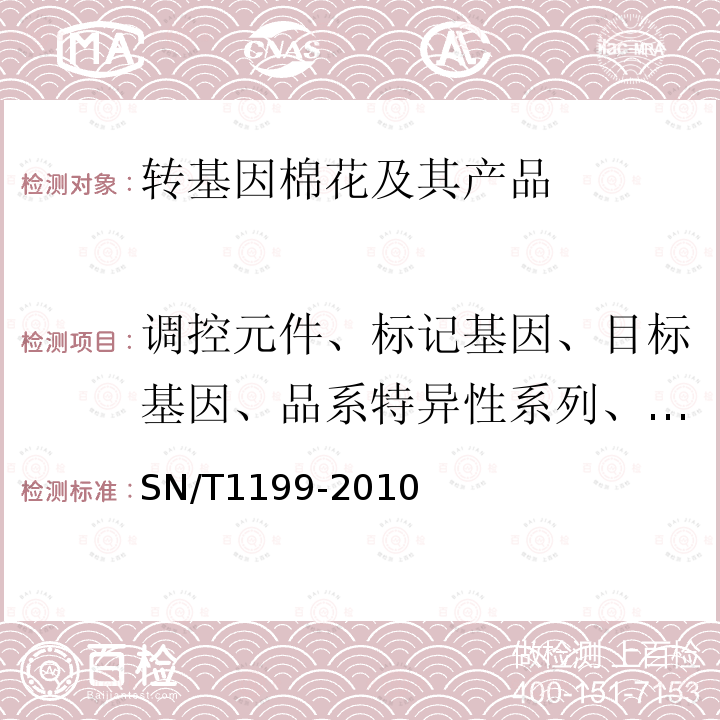
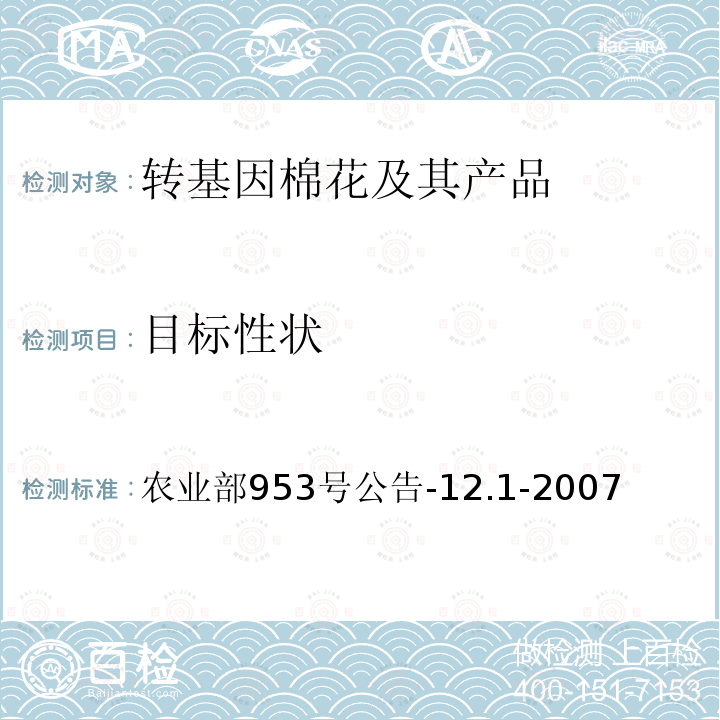


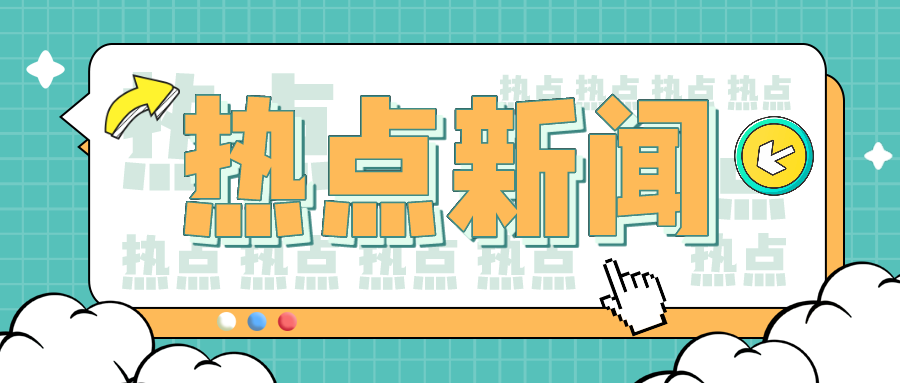
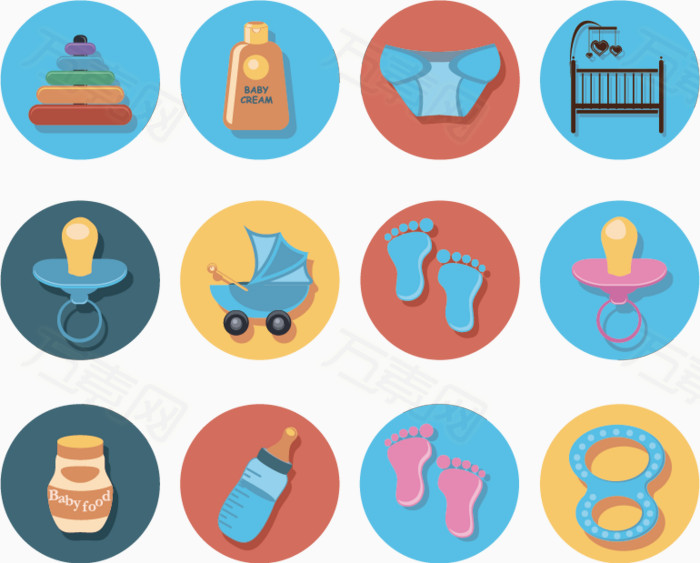
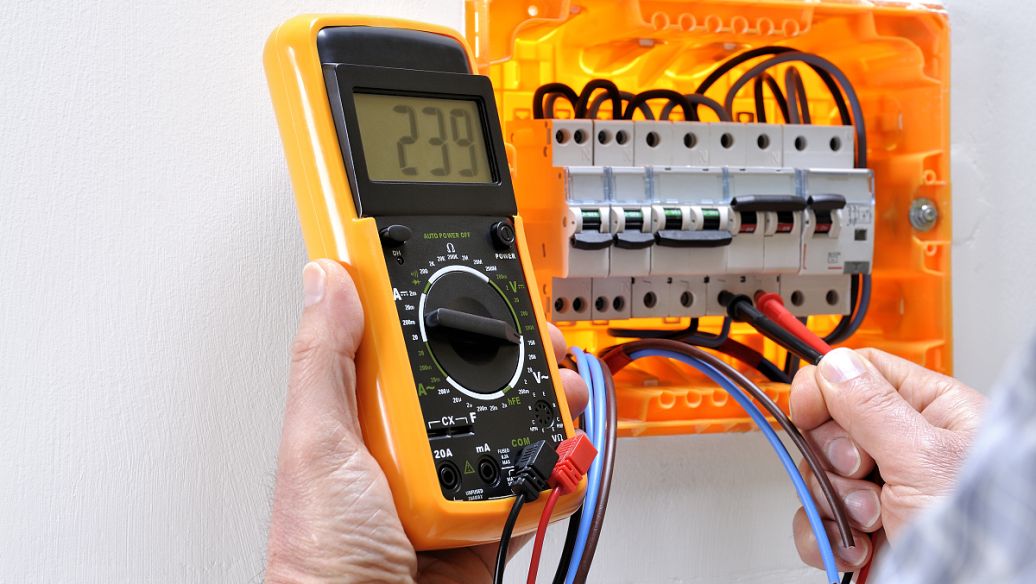





 400-101-7153
400-101-7153 15201733840
15201733840

